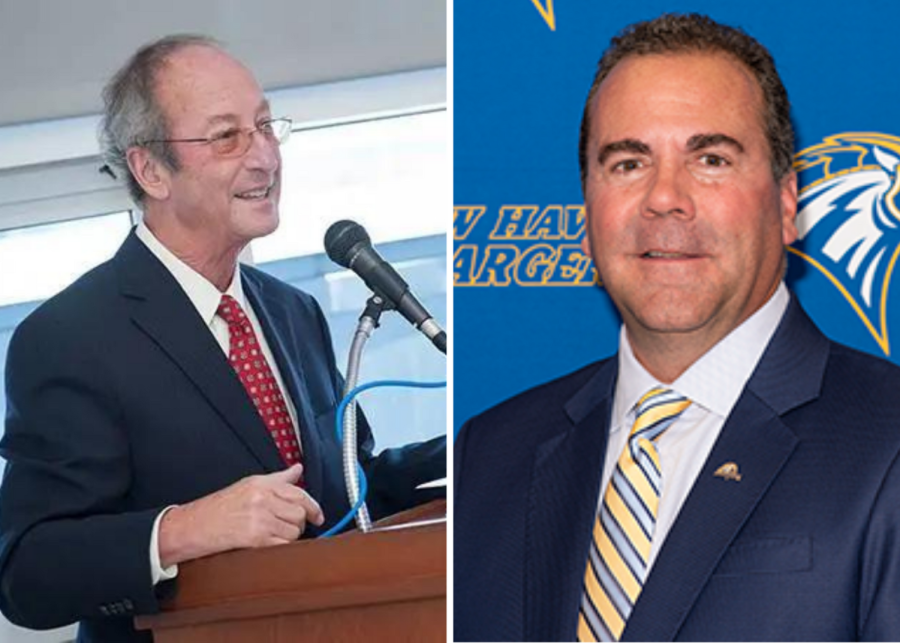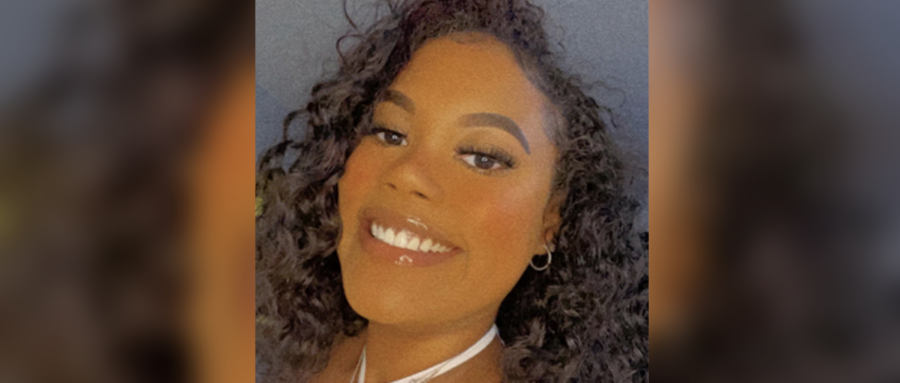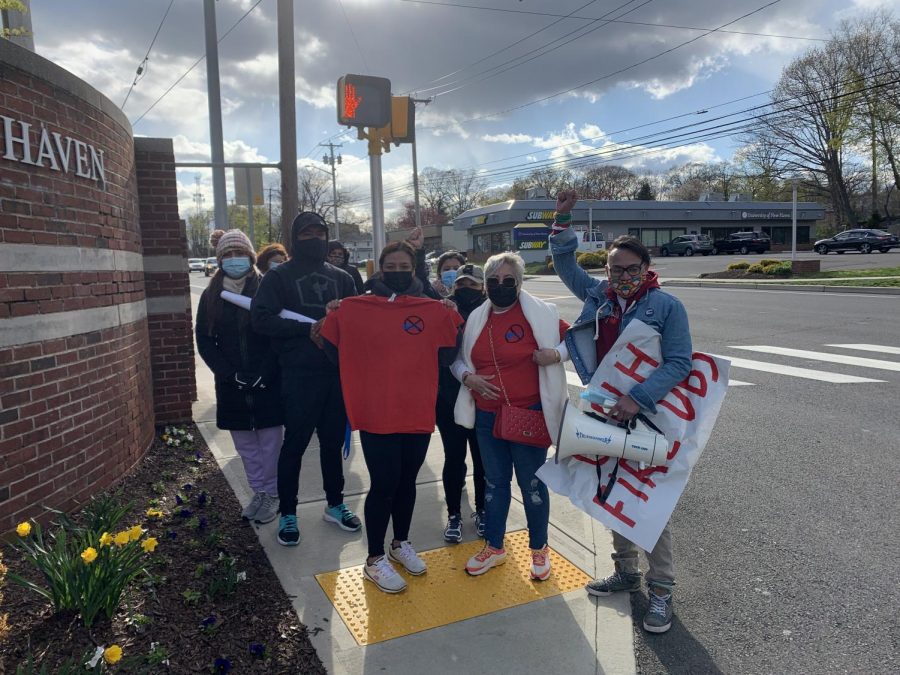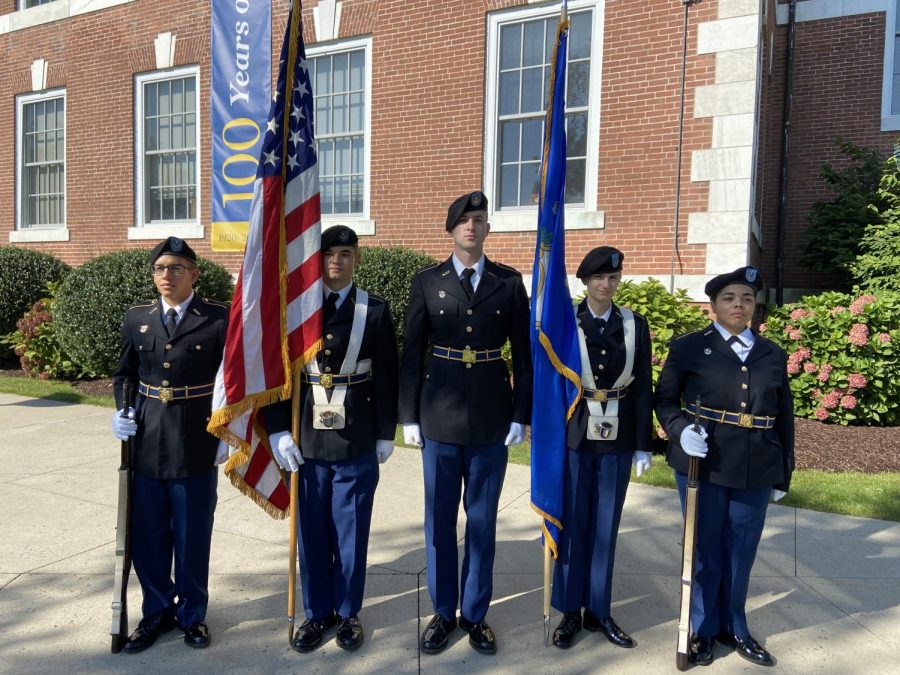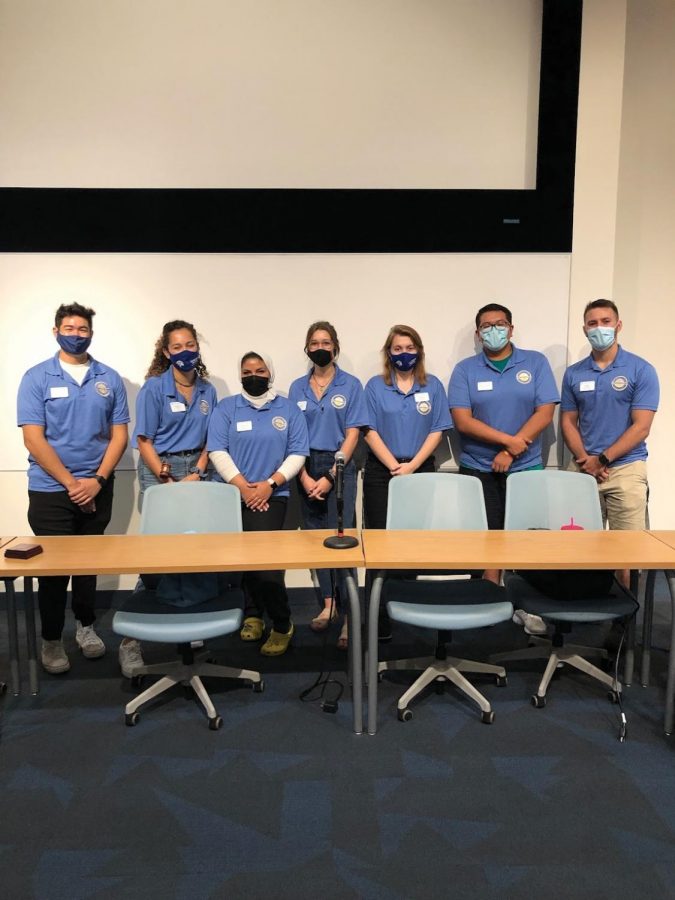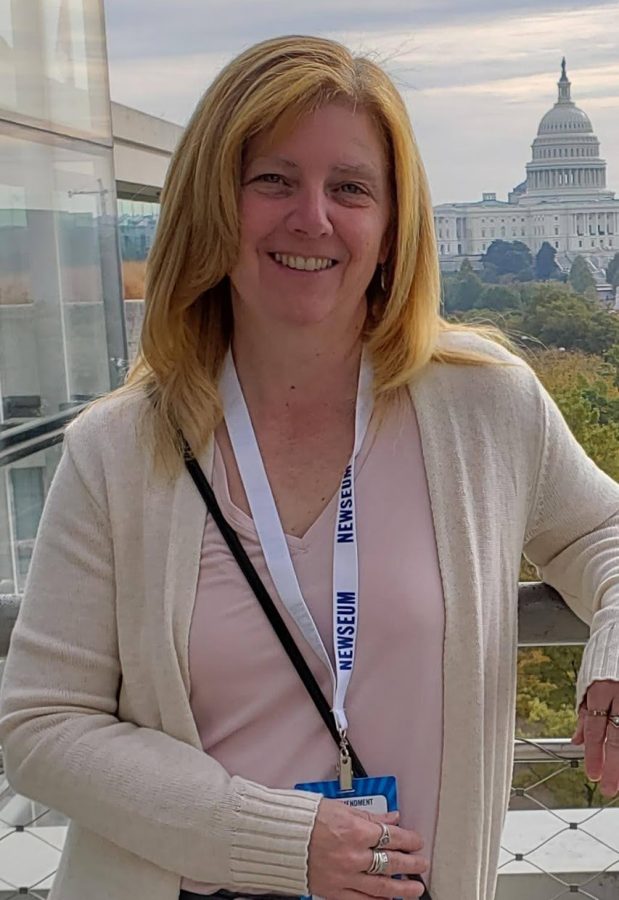Many individuals are fond of complaining about their community, with the thought that getting out as fast as possible is their only solution to a better life. Even at our university, it is not foreign to hear people talk with disdain about New Haven. But what if citizens improved their communities instead of fleeing from them? What if everyone joined together and put the energy they use to complain, into creating a neighborhood they are proud of?
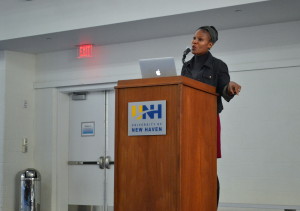
Urban revitalization specialist, Majora Carter, spoke to the University of New Haven students and faculty on Tuesday September 17. Her presentation, “Home(town) Security,” encompassed her journey in the improvement of urban communities.
Majora Carter grew up in the Bronx in a low income and low education community where flight of people from her neighborhood was an all-too-familiar sight.
Where she lived there were plenty of drop outs and fossil fuel emissions and the people considered themselves to have no value in their community. Citizens of the city didn’t even know there was a “Bronx River,” because there was an immense garbage dump around it. This was a point where people were considering moving away and finding a better, more suitable, place to live.
Then Carter came and changed things for the better. She had a fiery passion and dedication to having people change what they didn’t like in their own communities.
After seeing what she has accomplished, some people see her as a woman on a mission to change the things that she has seen around her, which she doesn’t agree with. She came to the understanding that she, along with her neighbors and friends, were the keys to their community. Where some people were moving, she stood fast on the idea that, “you don’t have to move out of your neighborhood to live in a better one.”
Carter focuses not solely on the big picture (which as she points out “can be overwhelming”), but on the smaller things that can be changed. Carter and her team targeted waste, then employment, and their advances worked as a chain reaction for other accomplishments in the long run. She got a three million dollar grant from the mayor to build a park, and created the Bronx Environmental Stewardship Training program, which employs people and works to “alleviate poverty and rejuvenate the South Bronx community.” Graduates of this program have an 85% employment rate. By focusing a little bit at a time on the ways they wanted their community to improve, they were able to alter the big picture. The point, Carter discusses, is to “figure out how to meet the needs in such a way that people see their own self-interests being addressed,” so that they have internal motivation to take action.
The crowd was mixed with the students from common courses, as well as adults who had been informed of the presentation. The audience seemed impressed when, in their opinion, she gave good points and things to focus on. What people appreciated was being able to see the improvements that were made and at what had been accomplished.
After Carter’s presentation, audience members were curious as to how they would develop that starting idea and what first step should be. When the floor was opened to questions from the audience a woman, who was touched at the changes Carter had been able to make, asked how one get’s that first idea, and what the first step one makes should be. The audience members were all advised to be creative while thinking of solutions, but we were also reminded to take a deep breath and learn to be comfortable with the uncomfortable. In saying so, she went on to describe how if people want a change, then they’re going to have to step out and see it through. They’ll have to be comfortable with failure, so that they can keep on trying. They’ll also have to be motivated; that seeing their idea work won’t be the end of their efforts, and instead it will spark the question, “Now how can I make it even better?”
At the end of Carter’s presentation, many of the people in the audience lined up to speak with her and thank her for the impact she had on changing their own neighborhoods. People asked how they could get involved, took pictures, and were thrilled to be with a celebrity of the environmental movement. When asked how she felt seeing people so excited, Carter responded with a certain detail she paid attention to, “You can sort of even see the light bulb go on over their head that they’re just like, ‘I can do something?’ Yea you always could, and now it’s just you stepping out and doing it.”
“Learn to be comfortable with failure,” Carter advises, “and then making a difference will be second nature.” When concluding the presentation, Carter said that her favorite part of what she does is seeing people relieved to know “that they have the capacity to change their communities for the better.”



